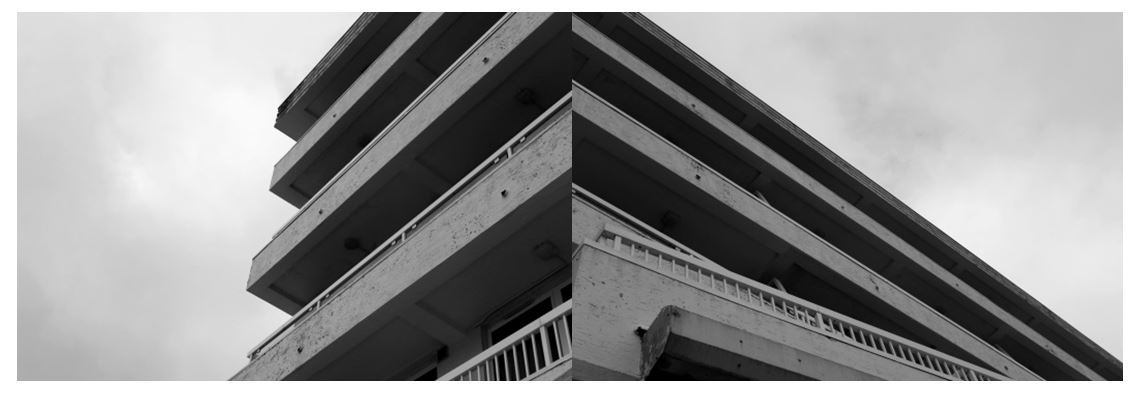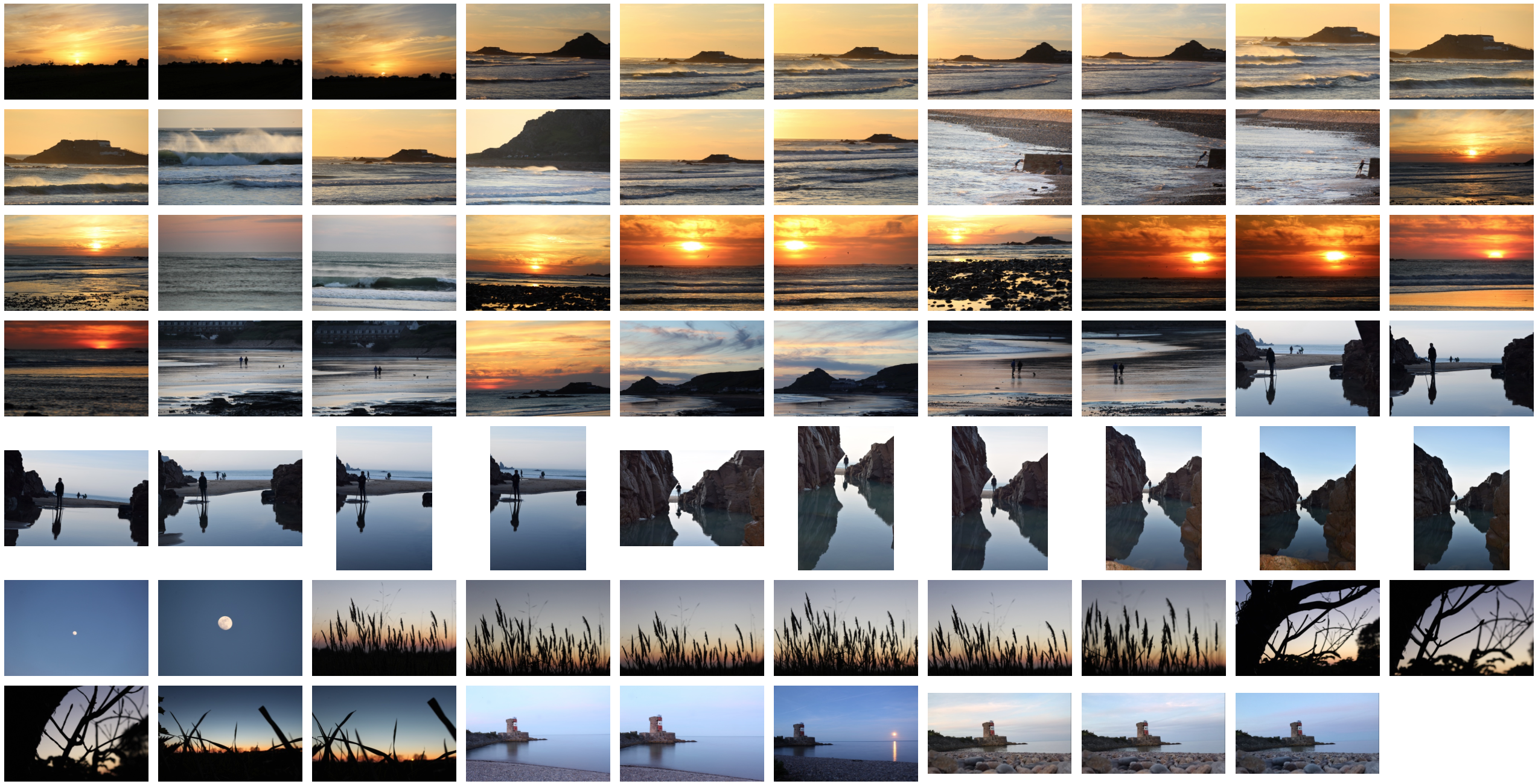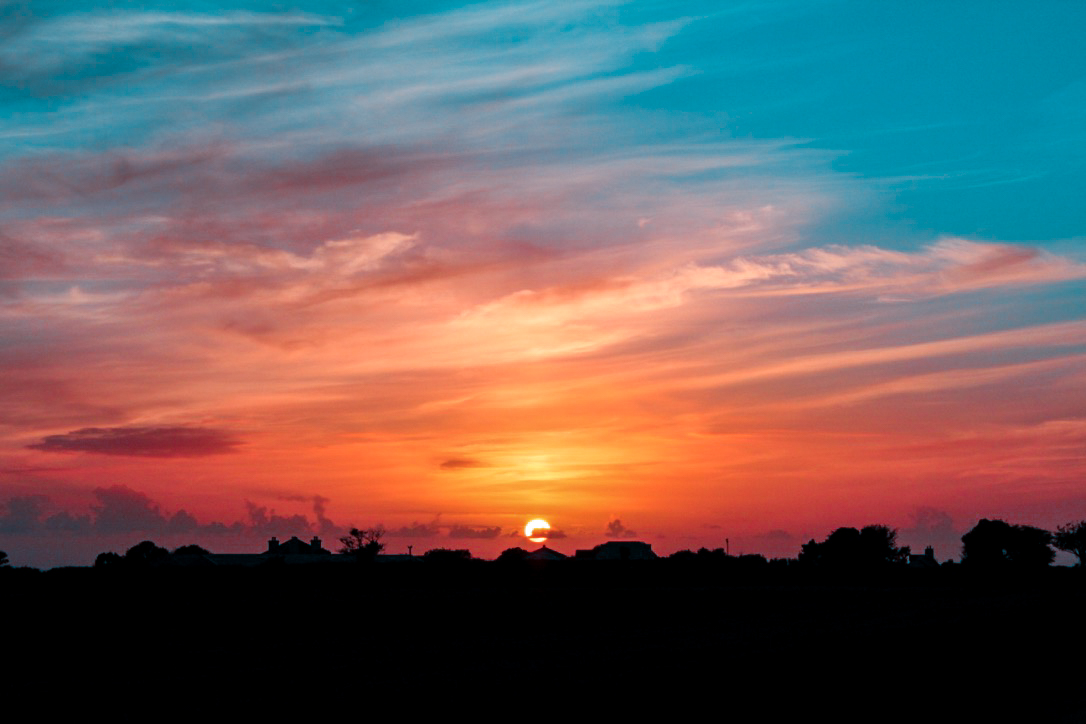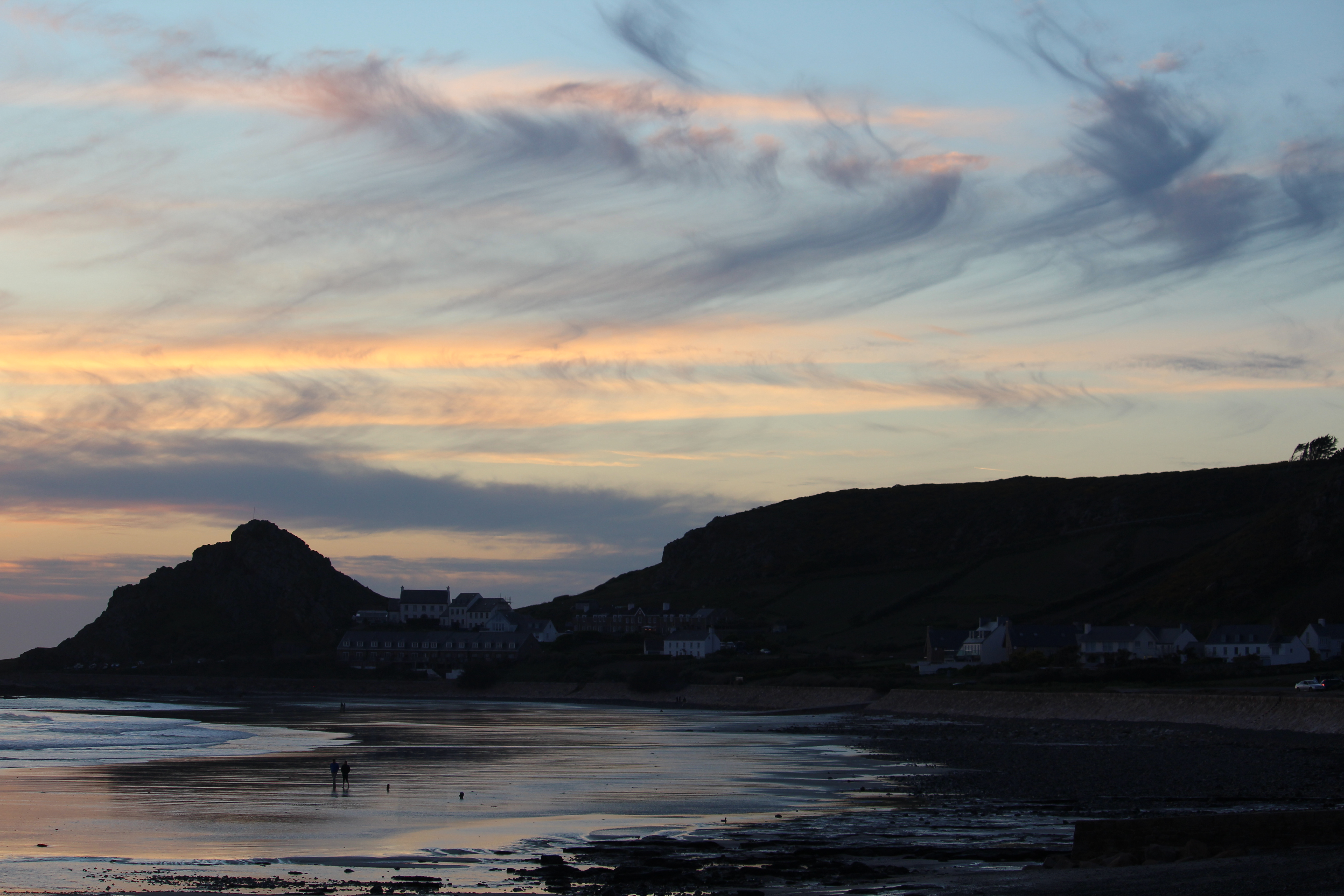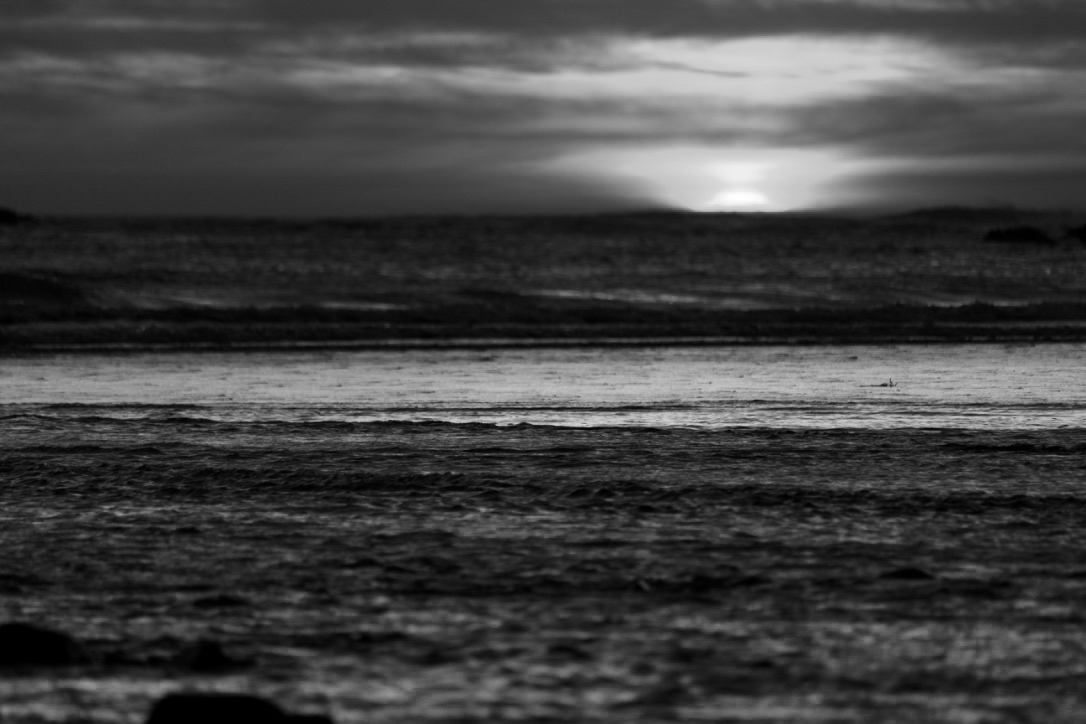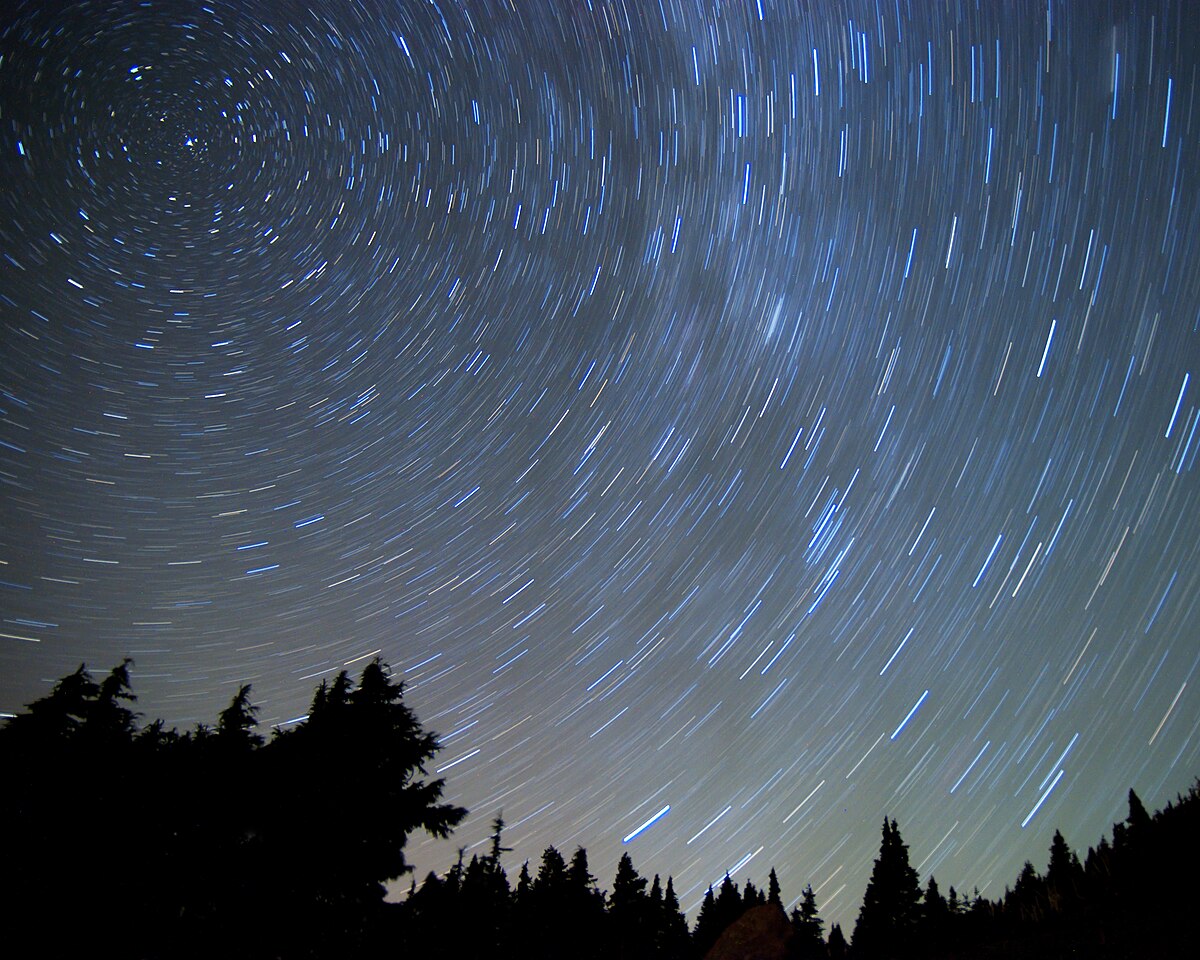Stephen Shore
Stephen Shore (born October 8th 1947) is an American photographer known for his work as a New Topographic and his pioneering use of colour in photography. In 2010, Shore received an Honorary Fellowship from the Royal Photographic Society. Shore took photographs of the introduction of civilisation and industry to nature and showed how man-made structures were taking over from nature.

 My Favourite Photograph
My Favourite Photograph

It appears that in this photograph, natural lighting from the American deserts were used to capture it. This helped to create a very saturated photograph that is very eye-catching. A deep field of depth appears to have been used as the corners have not been slightly blurred. A shutter speed of around 1/50 – 1/80 appears to have been used as the majority of the photograph is in focus but there is a moving car in the bottom left corner that is blurred so the shutter speed is not quick enough. An ISO of 200 or 400 was most likely used along with this shutter speed to create a light enough and high quality photograph.
There is lots of colour in this photograph which is partly what Stephen Shore was known for. The saturated colours help the viewer to tell what country the photograph is set in. There is not a massively wide tonal range in this photograph – it is quite a light photograph which matches the colours that it consists of. There is no texture in the photograph but from the setting of it, it is very clear that it is in a warm place.
This photograph by Stephen Shore was taken during the start of the industrialisation of America – the signage and colours are unique to the United State and it is a perfect example of a New Topographic’s work. It shows the should-be ugly man-made structure but portrays it as something aesthetically pleasing.
This photograph is showing the man-made structures over-powering the natural land in America and are symbolic for the New Topographic movement taking over from the Romanticists. The bright colours of the man-made structures are contrasting with the nature in the background and show that change is inevitable.







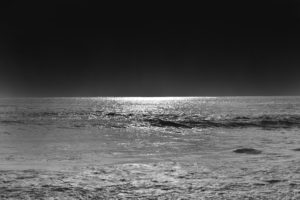








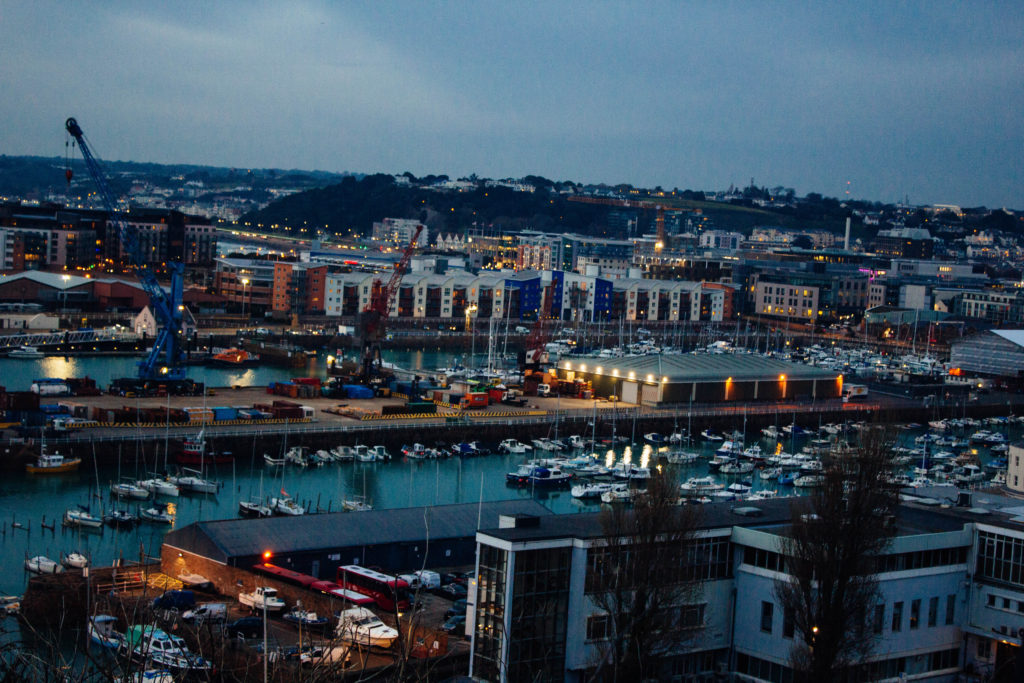



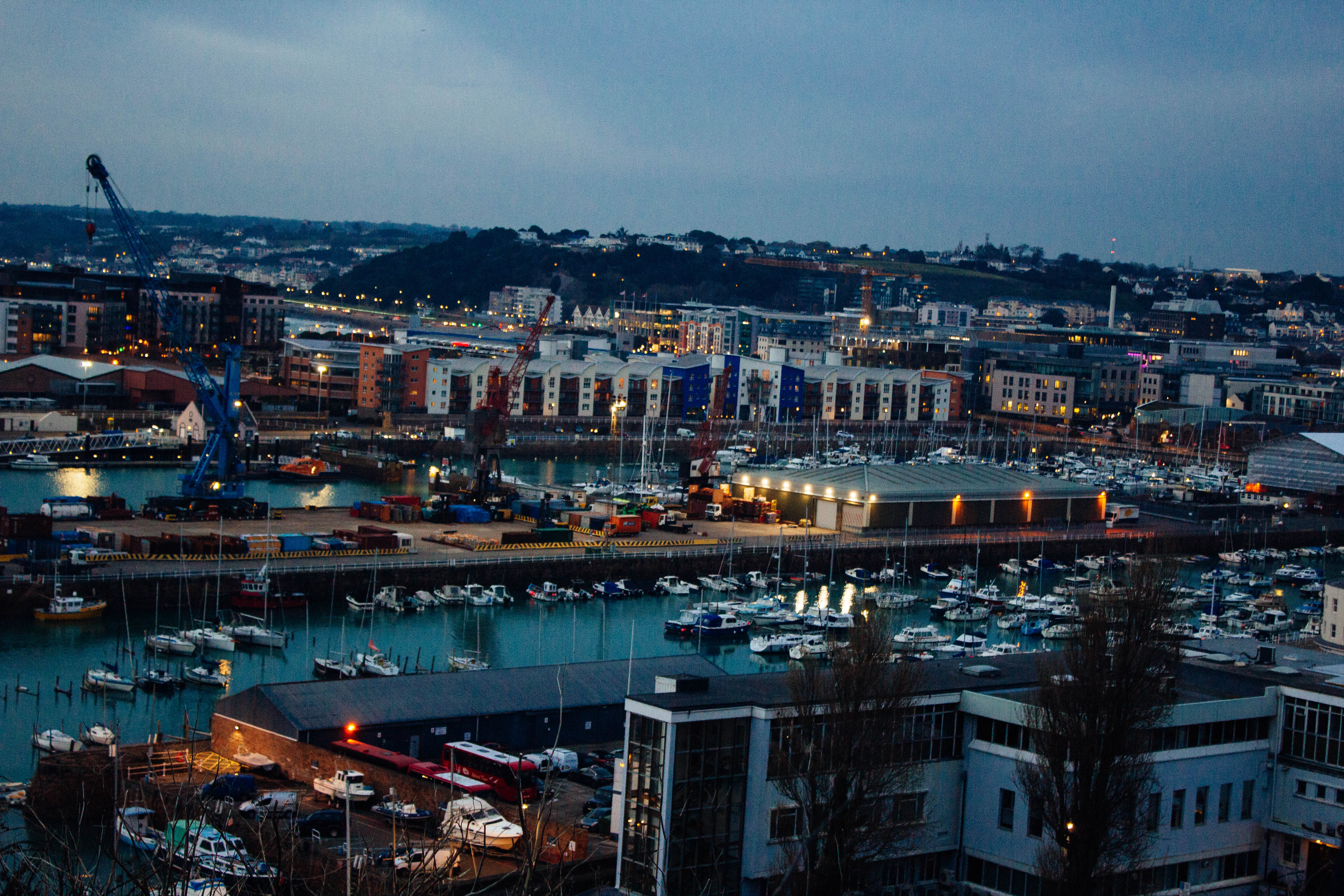
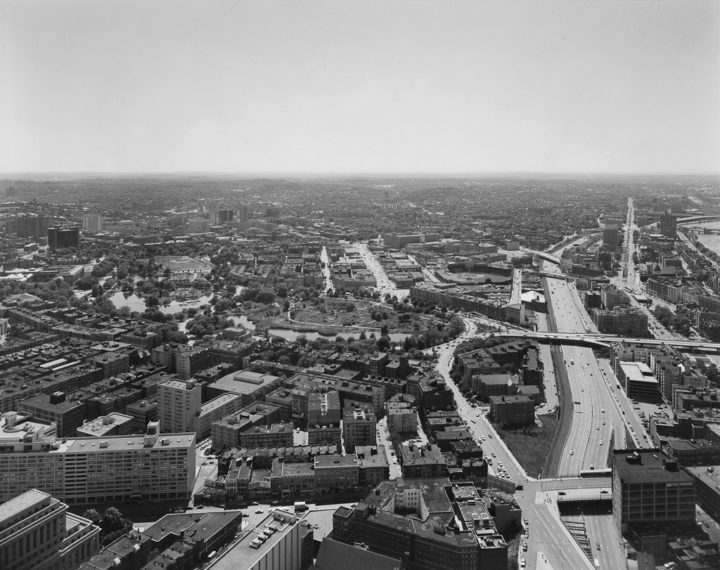
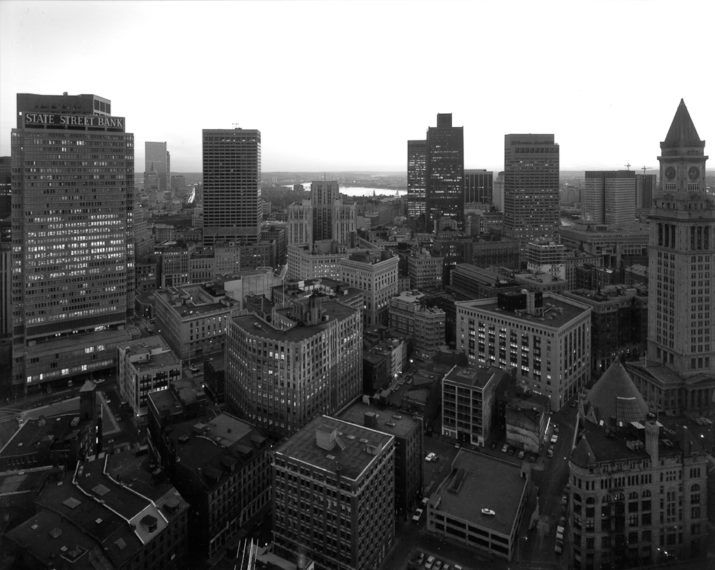

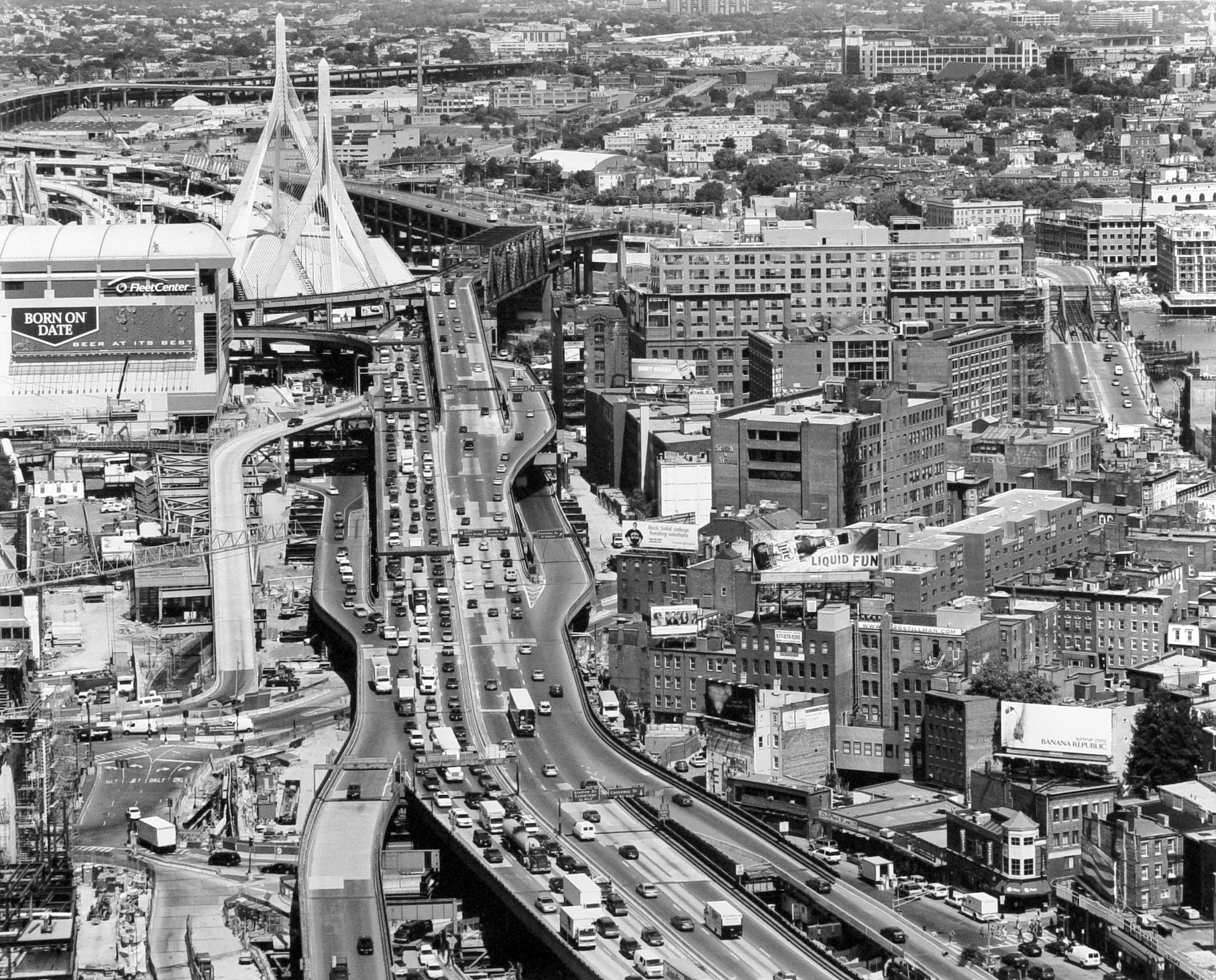
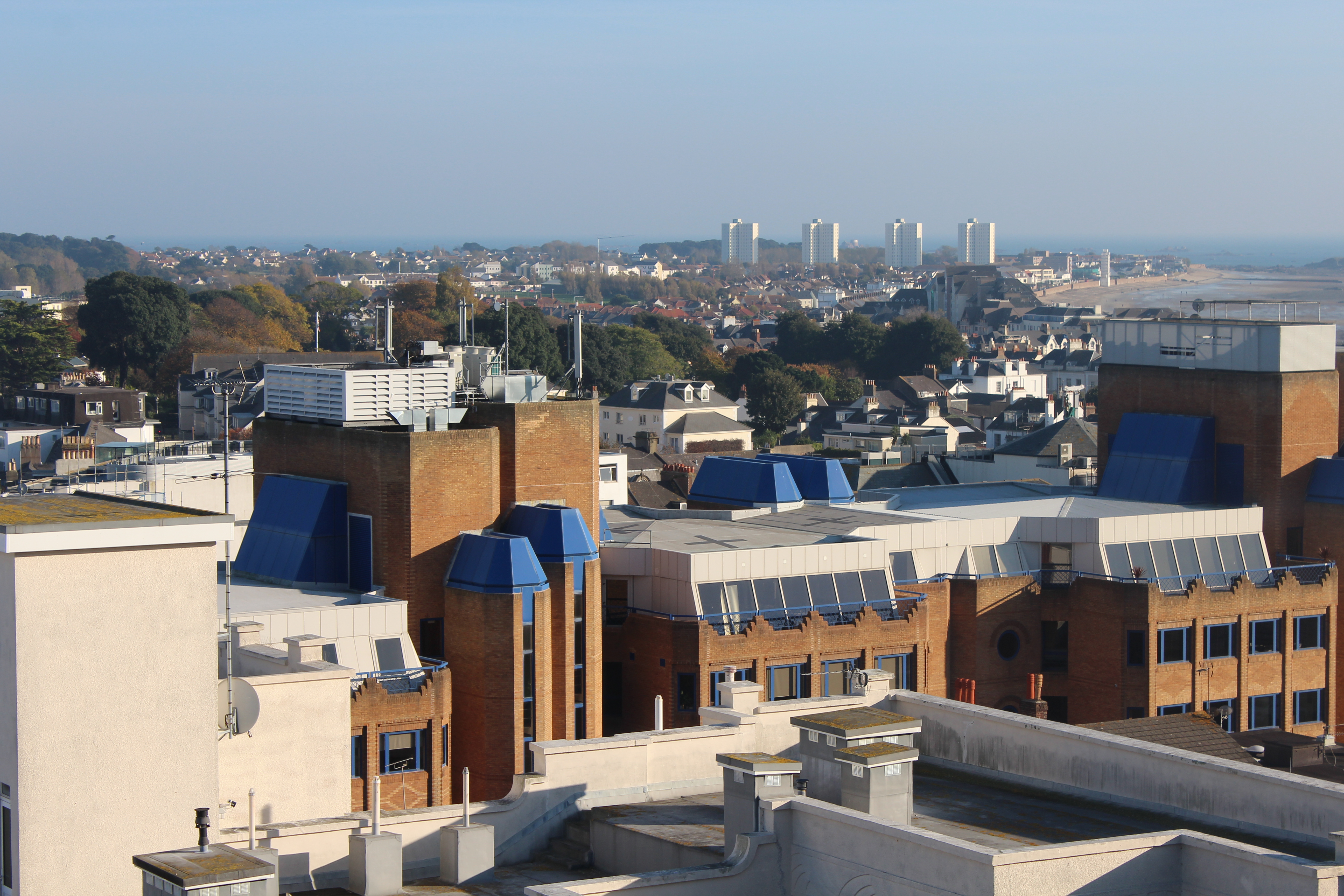


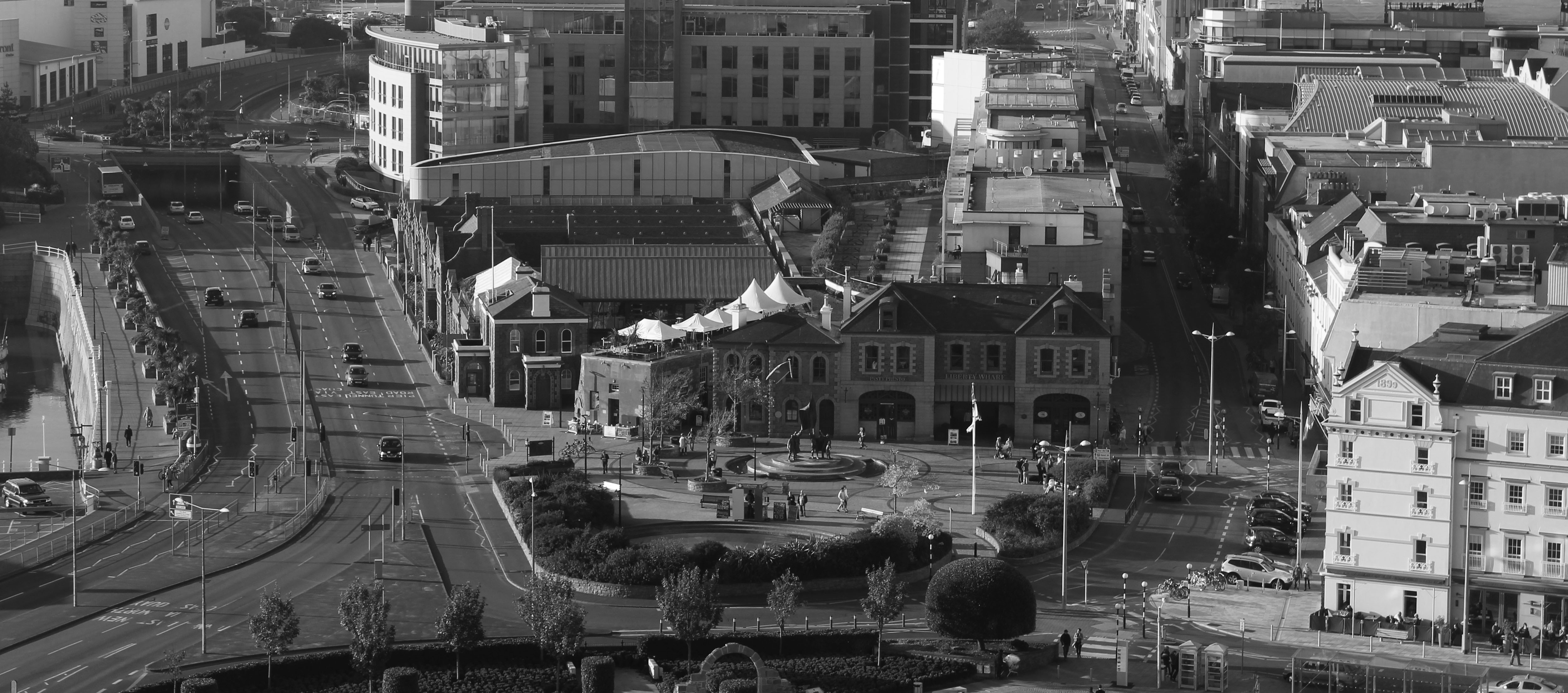



 Technical - In the foreground of the image the contrast is high between the dirt and the crops - black and white accentuates this - yet the tonal range is small until the focus is brought to the sky and further hills in the background where lighter and softer tones. The photograph has sharp details - fast shutter speed.
The deep depth of field gives the field a greater distance - the lines of the crops also exaggerate this as some of them fade into the distance.
Visual - Weston has captured what people would have seen as a seemingly mundane scene and has composed a photograph that incorporates pattern, contrast and depth. His approach to taking photographs as he says is 'To make the common place unusual'. The aesthetics of the austere landscape has been brought to a focus through Weston's photographs.
Conceptual - The purpose of Weston's photograph could be to reinforce the beauty in nature and to perhaps conserve the natural landscape through photographs. The subject of a tomato field is also an insight to the natural order man creates in society and life.
Technical - In the foreground of the image the contrast is high between the dirt and the crops - black and white accentuates this - yet the tonal range is small until the focus is brought to the sky and further hills in the background where lighter and softer tones. The photograph has sharp details - fast shutter speed.
The deep depth of field gives the field a greater distance - the lines of the crops also exaggerate this as some of them fade into the distance.
Visual - Weston has captured what people would have seen as a seemingly mundane scene and has composed a photograph that incorporates pattern, contrast and depth. His approach to taking photographs as he says is 'To make the common place unusual'. The aesthetics of the austere landscape has been brought to a focus through Weston's photographs.
Conceptual - The purpose of Weston's photograph could be to reinforce the beauty in nature and to perhaps conserve the natural landscape through photographs. The subject of a tomato field is also an insight to the natural order man creates in society and life.

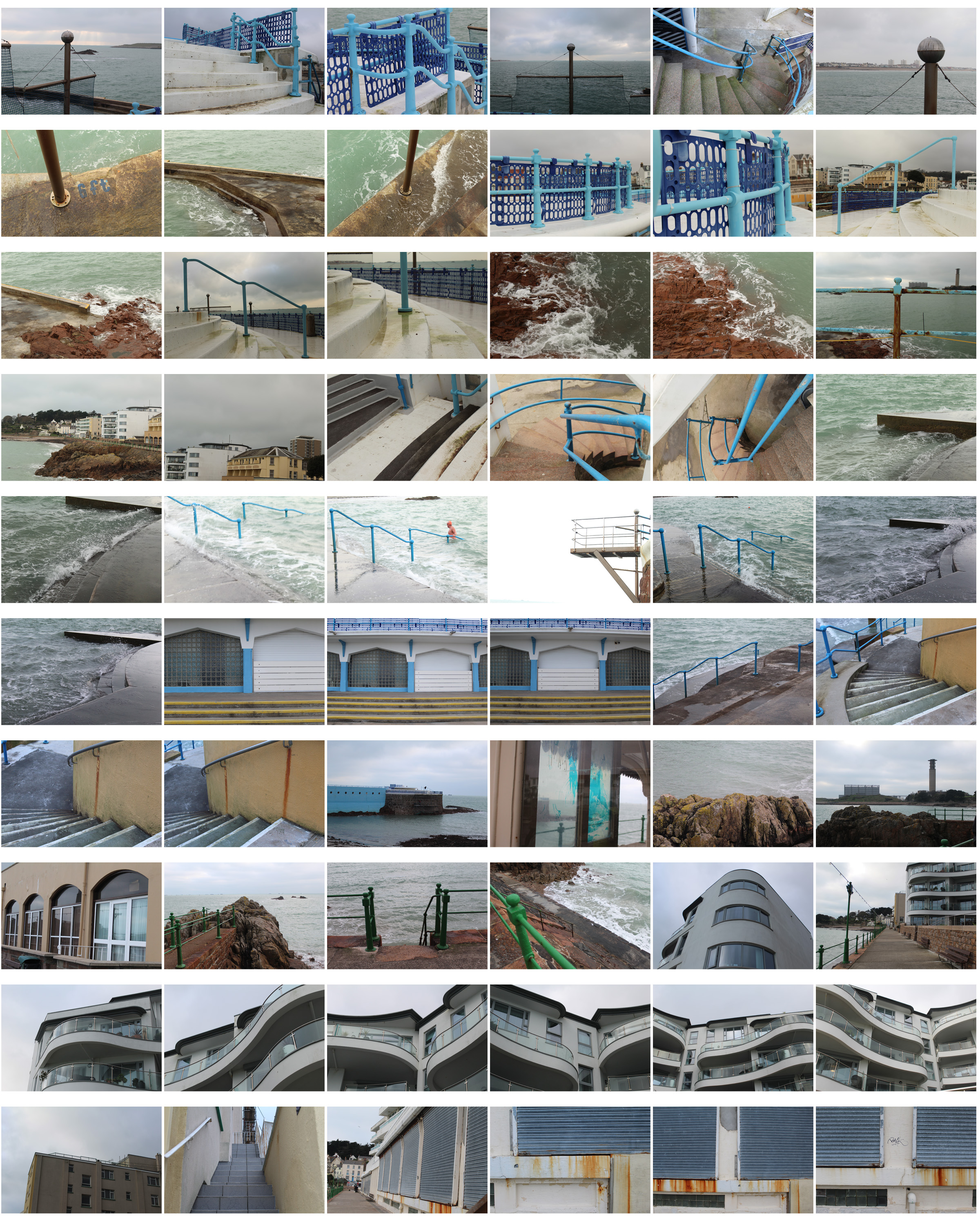
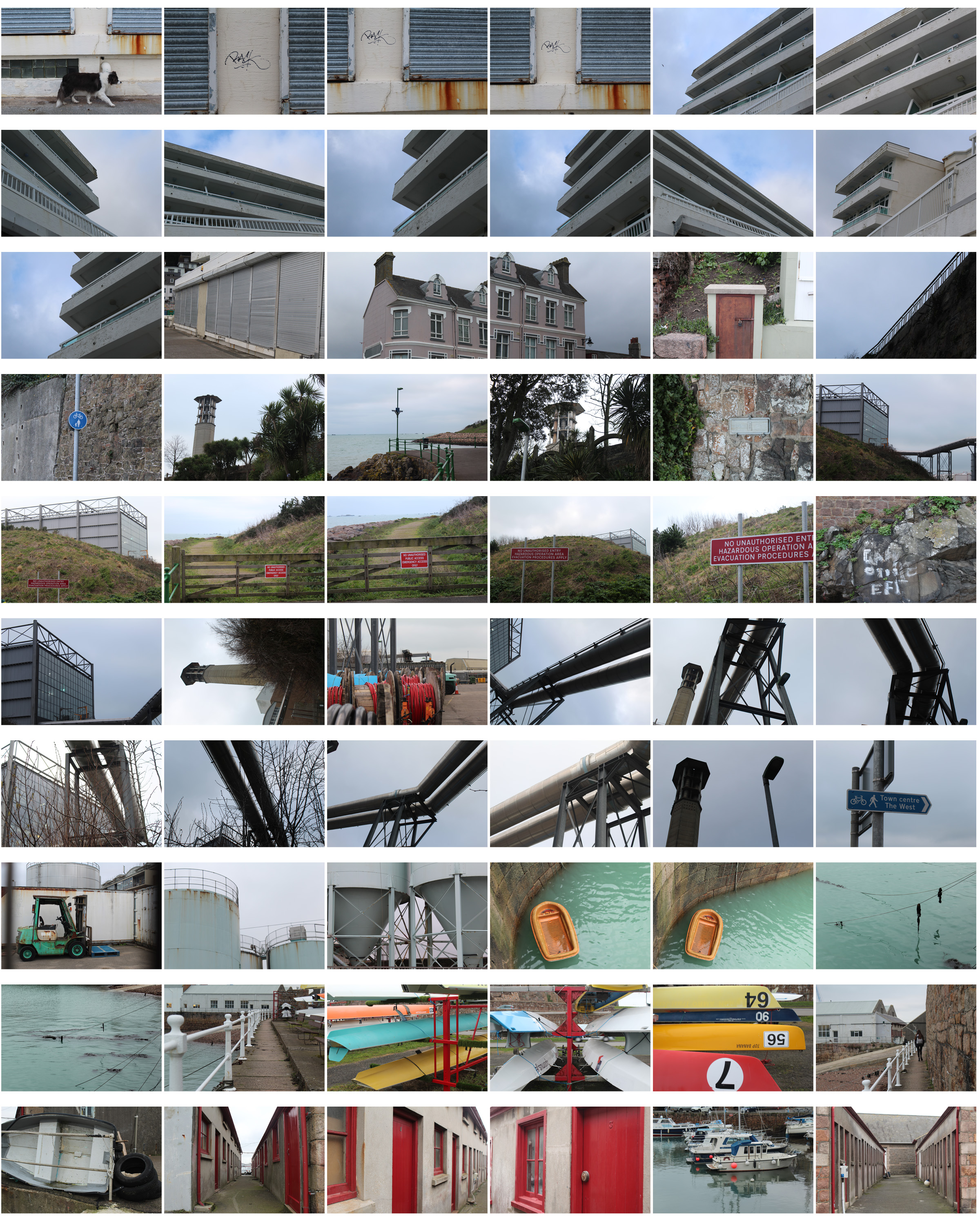 I then chose my favourite photos out of all the images, edited them and displayed them in the contact sheet below so the images can be seen more clearly. I chose these images as each one is completely different and shows the different landscapes I passed and the journey I went on- focusing on structured , man-made objects as well as nature.
I then chose my favourite photos out of all the images, edited them and displayed them in the contact sheet below so the images can be seen more clearly. I chose these images as each one is completely different and shows the different landscapes I passed and the journey I went on- focusing on structured , man-made objects as well as nature.



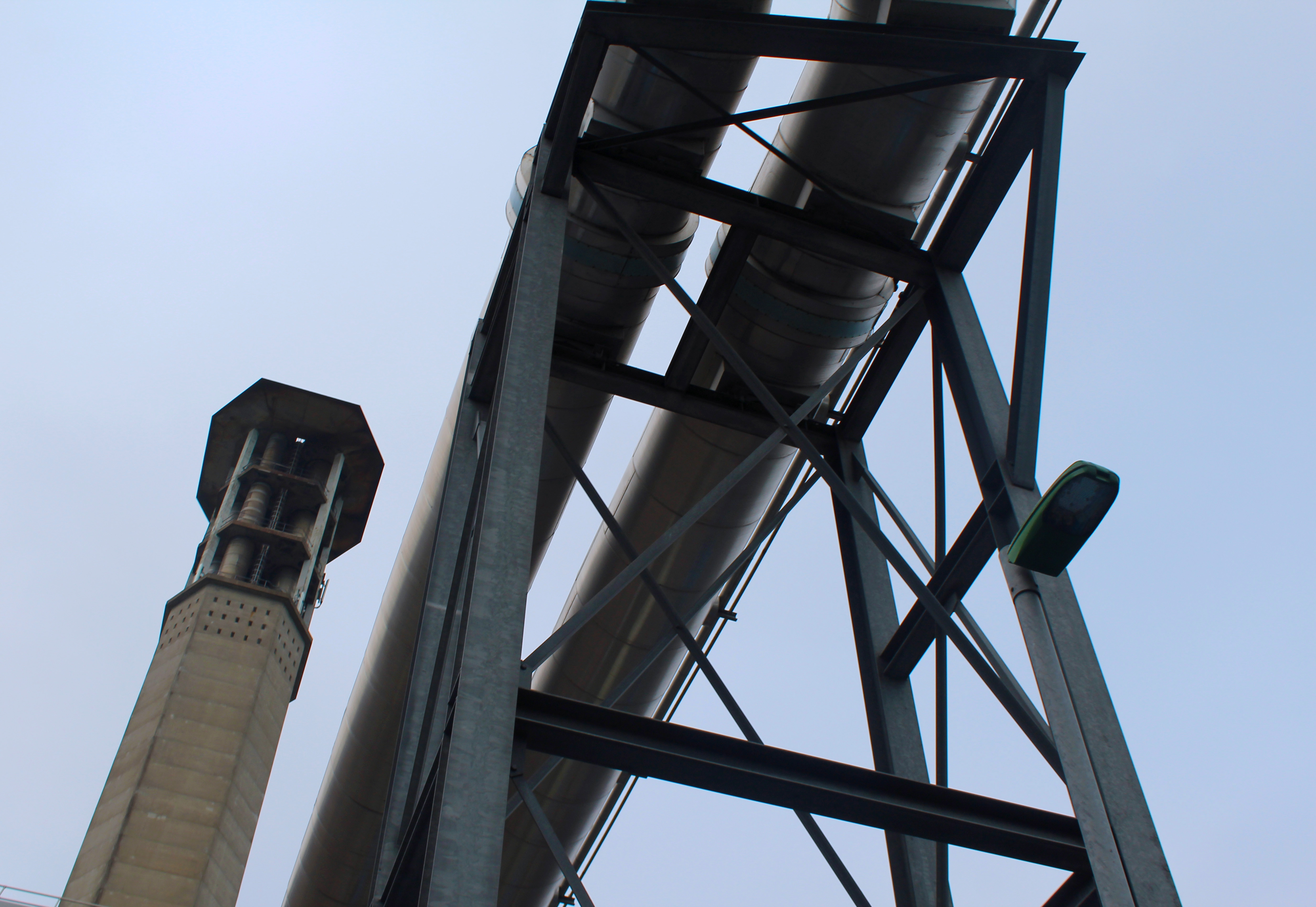


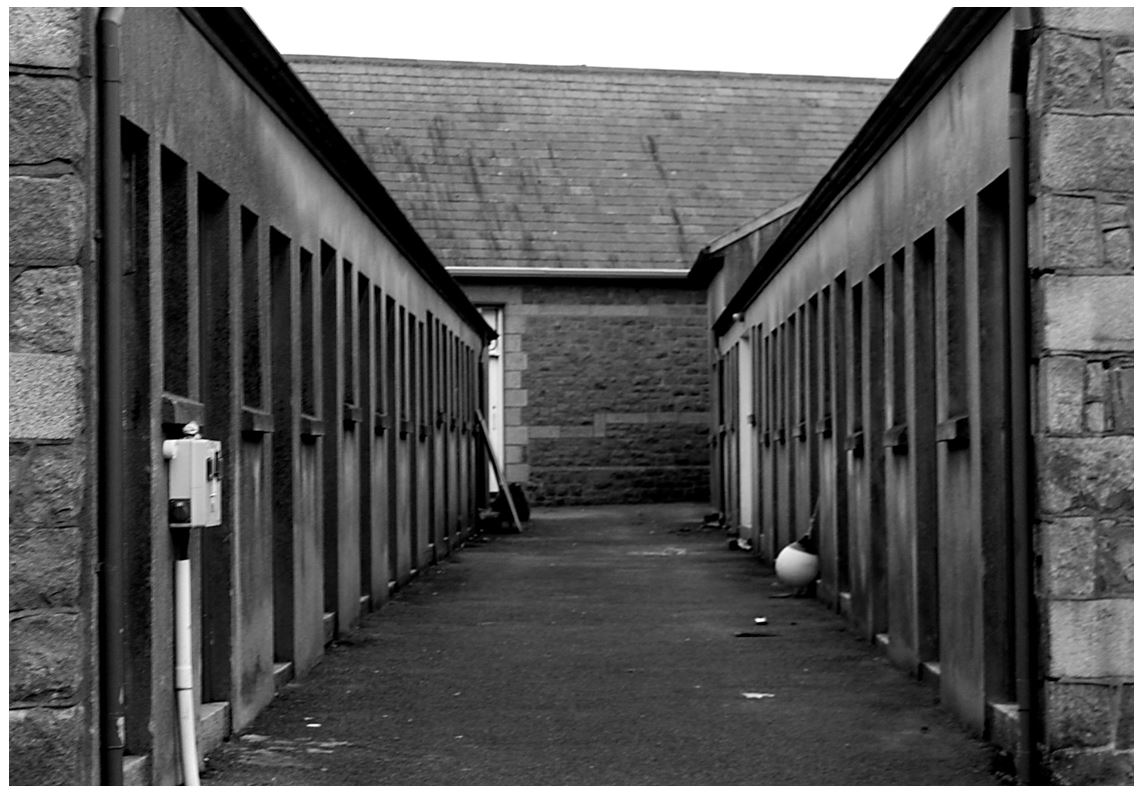 I also chose this image as it shows an alley that I tried to make symmetrical to show lines and repetition on both sides. I turned the photo to black and white taking inspiration from the new topographic photographers, trying to get the same effect. The industrial photographs I’ve taken have similarities to Albert Renger-Patzsch style in The New Objectivity with clear, black and white pictures of industrial archetypes.
I also chose this image as it shows an alley that I tried to make symmetrical to show lines and repetition on both sides. I turned the photo to black and white taking inspiration from the new topographic photographers, trying to get the same effect. The industrial photographs I’ve taken have similarities to Albert Renger-Patzsch style in The New Objectivity with clear, black and white pictures of industrial archetypes.
